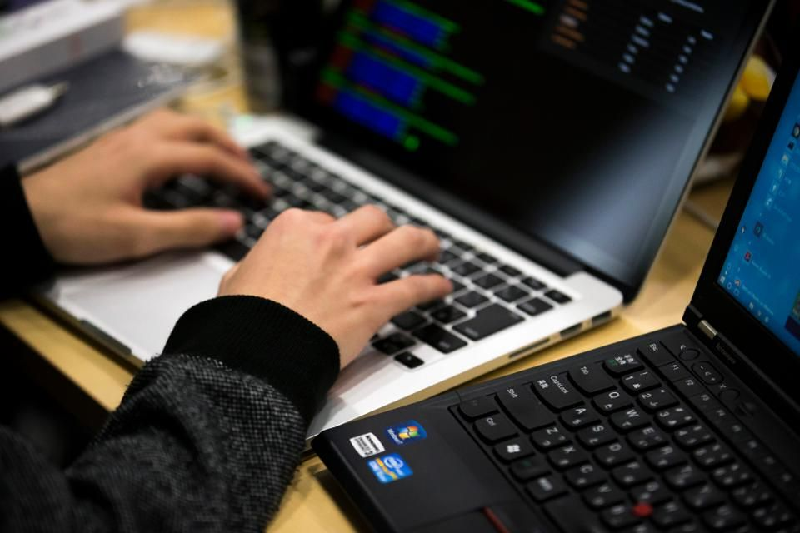Everyone has come in contact with a computer that tells them, can’t find this driver, and the machine stops working. And most people would have no clue why or where to go for help. Most people would turn to sites like Epson Drivers for help. However, you still need to know some background about device drivers before entering into that journey.
Why we need Device Drivers
In computers, drivers are pieces of software that tell the hardware how to run a specific operation, like an operating system, or to print a picture. That means your PC card, DVD, video card, and other hardware all use drivers to operate your requested operations.
Not All Drivers Are the Same
Not all drivers have to be written by the company that designed the device. Microsoft can write the driver, and the device designer doesn’t have to provide a driver. That can be a good thing for the programmers that write driver programs.
Communication Comes in Many Ways
Not all drivers communicate directly with a device. The drivers can be layered in a stack, that transforms the requested action from one format to another. Some are known as function drivers or filter drivers.
Virtual Device Drivers
Virtual device drivers are used to emulating a hardware device in the virtualization environment, like when a DOS program is running on Windows computers as a guest operating system. Virtual device drivers will allow the guest operating system to talk with the hardware’s virtual device driver. A good example is virtual network adapters using a virtual private network.
Software Drivers
Software drivers are not associated with a hardware device. Software drivers always run in a Kernal mode. The main reason for this is to protect the data. The software driver talks to the operating system and processes the directions to the hardware to run the software task.
Update Your Driver
The drivers need to be updated to keep the computer running efficiently. But where do they live on the computer?
The Device Manager has a wealth of information about the driver. There are several methods for bringing up the Device Manager.
Method one is to locate the Control Panel on your Computer, then Systems, then Hardware, and select Device Manager.
The second method is to press the Window button and the R button at the same time to generate a pop-up box. The type in devmgmt.msc and press enter. Now click the sideways arrows by your chosen device, and the name and number will show up. Example” hp DVDRW DU8A6SH
If you right-click on the name, select Properties, then click on the Driver Tab to find all the information needed about that device. You can even update the drive, by merely pushing the Update Driver button. Updating drivers will keep your machine running at its highest peak performance.
Device Driver Safety Line
Drivers can be a great help or a nightmare. Always restart your computer before doing any updates, this is an important habit to start, or you will find yourself in a nightmare. Every time you restart your computer, it automatically creates a restore point. This will allow you to go back to that point in your computer if the update or download goes terribly.
So, remember, without a drive, your computer can not perform your request, so a safe line is your restore point.
After reading this so far, it is clear that drivers are critical to computers; without them, the computer would not run. It would be a work-less box.
So keeping your computer machine and device communicating will provide you with a peace of mind that your technology is working for you. If you feel you need more help, then please turn to the great people at Epson Drivers for more tailored care.

